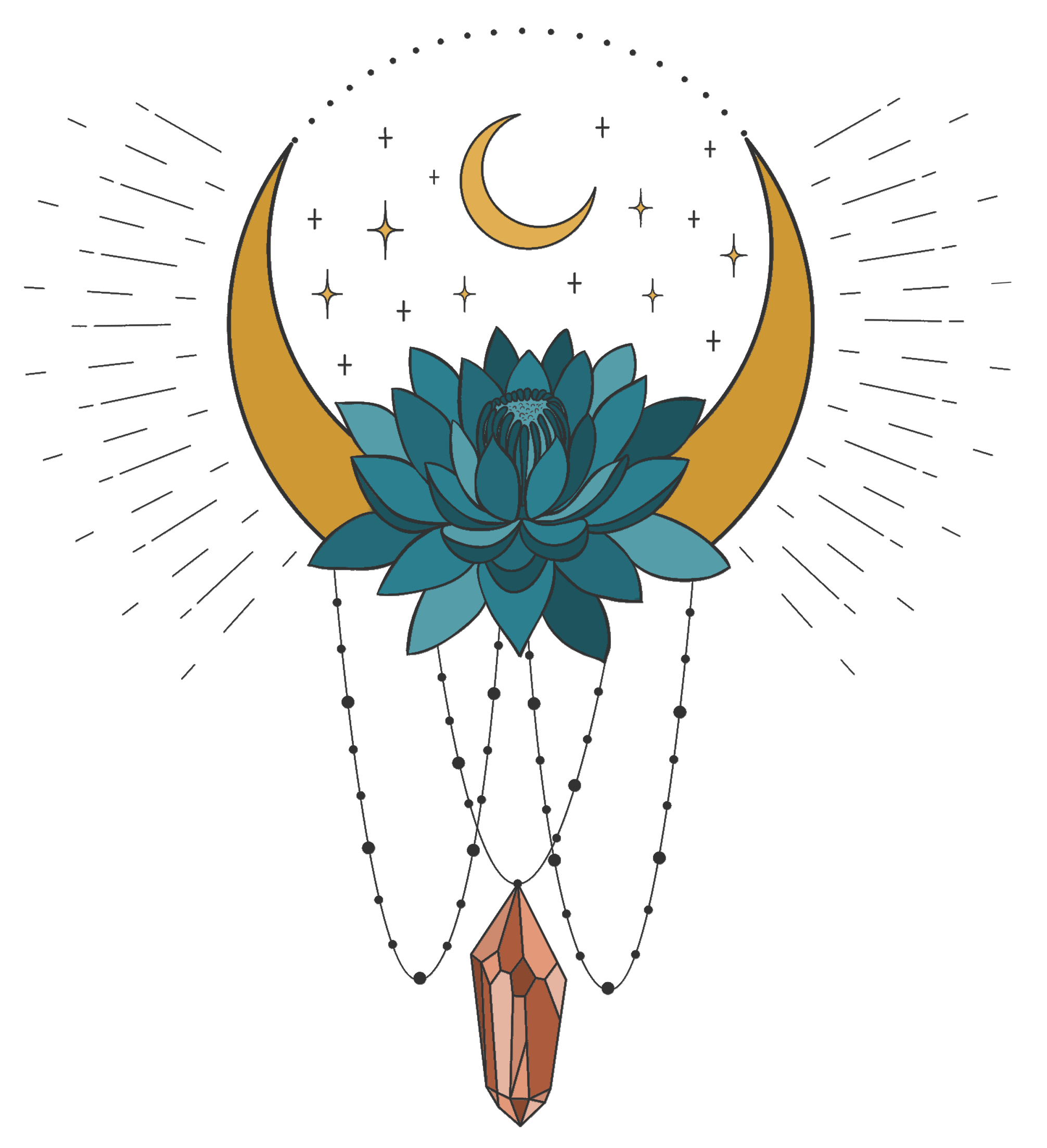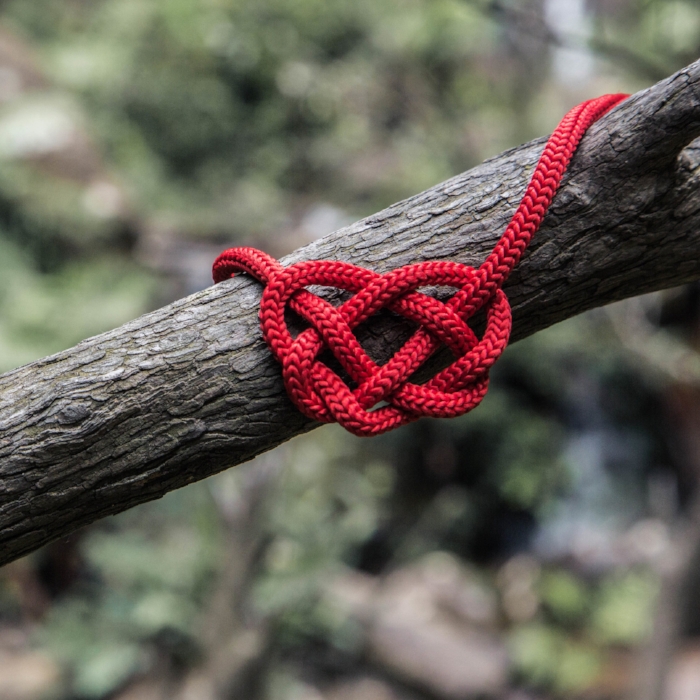Cut ties... cut ‘em loose...
When addressing the need to disconnect from relationships that no longer serve our highest good, many people suggest a cord cutting ceremony. A cord cutting ceremony is where you severe the connection(s) within a relationship either through visualization or a symbolic physical ritual that often involves scissors, a knife, or a candle to divide a string or ribbon representing your whole connection. While this practice has been very beneficial for some, it never felt appropriate for me. The act of cutting felt too blunt and jarring, but when I found myself in need of spiritual separation from a previous relationship, I was unsure of what to do.
As many of my spiritual practices have, this came to me when I needed it most. This tool was offered to me by a family-friend and massage therapist, who I had just happened to have a scheduled appointment with immediately following a traumatic experience with an ex-partner. It has proved incredibly useful for my own well-being, and hope it provides a similar experience for you.
Find a quiet place and time where you will not be disturbed, and sit in a comfortable seated position.
As you begin, find a mantra that best encompasses your reasons for discontinuing this connection in a positive way, like “I release this relationship to benefit the highest good of all.” or “I am a vibrant, sentient being whose energy and life path is my own.” Avoid negative words if possible. Let this practice empower you, and remind you of your inner strength and tenacity.
Now, visualize an old telephone operator booth... with all the cords plugged in, linking everyone. Telephone operators of the past used to constantly be plugging and unplugging phone calls, connecting and disconnecting us. These cords will be used to represent our spiritual and emotional connections with each other.
Now shift your visualization, and imagine those cords energetically extending between you and the other person. Take a deep breath, and when you are ready, visualize yourself reaching forward and disconnecting each cord, one at a time.
I like to begin with a cord that does not have as much emotional or spiritual attachment, so start small. Certain chakra points, such as the sacral (sexual connection), solar plexus (ego), heart (love), and throat (being heard) may be harder depending on the nature of your relationship, so work up to those. In some cases, you can even call upon some sort of higher power for help with some more difficult areas… soul friends, angels, guides, whatever feels best. This higher power does not even have to be defined within any belief system, but rather just be the act of trusting that when you ask for help, it will come.
Don’t be surprised if some heavy emotions arise, and acknowledge them with compassion. Your mantra will help you here with your intention and focus. If you begin to be overwhelmed, take a break and do something grounding or detoxing, such as a walk outside, gentle exercise or a Epsom salt bath. Feel free to do this in small segments at time, over the course of multiple visualization meditations. I have been doing a lot of my work with this slower method, and have found it fascinating to compare how my emotional state towards that relationship changes over time.
By the way, this is not a method I would recommend for every situation. For severe problems and abusive relationships, please consult a mental health professional before embarking on this visualization journey. Therapists can be a true blessing and a guiding light through difficult times, and help you realize you are not alone with the challenges that come with being a human in this time on the planet. Build your support system, people. We are all in it together!
I hope this process brings you peace in a time of need, and be for your highest good!





